More than 700,000 Rohingya refugees have arrived from Myanmar's Rakhine State in Bangladesh’s south-eastern districts since August 2017. They've joined hundreds of thousands who were already living in refugee camps or with local communities. 600 000 people are squashed into the main camp, an area far too small to accommodate their numbers. More than half of them are women and girls, 60 percent are children under 18.
Many have arrived injured and deeply traumatized by their experiences, with just the clothes on their backs. They need food, clean water and shelter to survive, but above all they need to feel safe. People are living in makeshift tents in hugely overcrowded settlements at risk of floods and landslides. Conditions in the camps are woefully inadequate and unhealthy, with overflowing latrines and contaminated water. They’re largely unlit and dangerous at night – women, girls, and children are particularly vulnerable to abuse, exploitation, and trafficking.
On 22 March 2021, a fire that had started during the late afternoon in the Balukhali refugee camp in Cox's Bazar, Bangladesh, destroyed a large portion of the camp, killed over a dozen people, and left nearly a thousand injured or missing. Thought to have begun when gas cylinders used for cooking exploded, 100 firemen fought the blaze, which burned for around eight hours until midnight.
The fire displaced roughly 50,000 Rohingya refugees of the genocide in Myanmar and destroyed many buildings, including schools and food storage centres. First responders to the crisis were refugees from the camp itself. By the next day, aid agencies had joined the rescue effort, pledging food, cash, and equipment. Some observers reported that rescue efforts were hindered by barbed-wire fencing around the camp, suggesting that it may have slowed down escapees and possibly contributed to the casualties.
During the late afternoon of 22 March 2021 a fire broke out in the Balukhali camp, southwest of Cox's Bazar. Residents later described how it had started in the south and spread with great speed through four blocks, and that panic broke out as people tried to escape.
The World Food Programme said a number of its food distribution warehouses had been destroyed, as had health clinics, mosques, community centres, and a safe space for women run by the International Rescue Committee (IRC). The head of the International Red Cross and Red Crescent Movement delegation in Bangladesh stated over 17,000 shelters—possibly 40,000 and most of them, constructed from bamboo and tarpaulin, makeshift—were destroyed, displacing "tens of thousands of people".
Local reports stated the fire was burning eight hours after it broke out, and continued "well into the night", reported Time magazine. A Rohingya refugee was reported by NPR as telling them how "everything has gone. Thousands are without homes"; conversely, suggested the Catholic Relief Services, it was lucky that the fire had broken out in the afternoon rather than at night, as "people were moving around and children were outside playing, so they could quickly evacuate". The Times of India stated that "at least four teams of firefighters were struggling to control the blaze" and that videos posted to social media showed thick black smoke covering the camp.
First reports indicated that at least 15 people had died, with around another 400 missing, according to the UNHCR, who described it as "massive, it is devastating".The majority of the camp's refugees were women and children, and a government spokesperson confirmed that a number of the dead were children and that many of the missing were buried in the rubble. The UNHCR also suggested that 560 people had been injured and 45,000 displaced.
The cause of the fire was unknown, although under investigation by Bangladesh Police. A number of human rights observers criticised the placement of barbed wire around the camp, arguing that it had prevented people—"including especially vulnerable women and girls", said the IRC—from fleeing the fire, and perhaps contributed to the death toll. Jan Egeland of the Norwegian Refugee Council (NRC) argued that "this tragic event could have been less disastrous had barbed wire fencing not been erected encircling the camps. NRC staff have heard horrific accounts from refugees about their scramble to cut through the wire fences to save their families, escape the fire and reach safety". Police, however, rejected the claims regarding barbed wire, and a government spokesman, reported Channel News Asia, stated that "the fencing was not a major issue", blaming the speed with which the fire spread rather than the barbed-wire fencing for casualties.
Also questioned was why fires appeared to start with relative frequency, with a local fire brigade official stating three fires had occurred in four days; Amnesty International stated that, in their view, the "frequency of fire in the camps is too coincidental, especially when outcomes of previous investigations into the incidents are not known and they keep repeating", while a spokesman for the refugees noted that "It is not clear why these fire incidents are happening repeatedly in the camps" CBS reported that Bangladesh suspects arson, noting that "officials there say it's too much of a coincidence to have so many fires in such a short time period". Although the fire had died down within 48 hours, its cause was still unknown.
Also questioned was why fires appeared to start with relative frequency, with a local fire brigade official stating three fires had occurred in four days; Amnesty International stated that, in their view, the "frequency of fire in the camps is too coincidental, especially when outcomes of previous investigations into the incidents are not known and they keep repeating", while a spokesman for the refugees noted that "It is not clear why these fire incidents are happening repeatedly in the camps" CBS reported that Bangladesh suspects arson, noting that "officials there say it's too much of a coincidence to have so many fires in such a short time period". Although the fire had died down within 48 hours, its cause was still unknown.
The World Food Programme (WFP) believed up to 87,500 people would ultimately be affected by the fire, with the International Red Cross and Red Crescent Movement putting the figure at 123,000. Aid agencies said the situation would remain critical due to the proximity of the cyclone season.
References
"Rohingya Refugee Crisis". OCHA. 21 September 2017. Archived from the original on 11 April 2018. Retrieved 25 March 2021.
"Myanmar: Security forces face 'action' over killings". Al Jazeera News. 12 February 2018. Archived from the original on 12 February 2018. Retrieved 12 February 2018.
Refugees, United Nations High Commissioner for. "Rohingya emergency". UNHCR. Archived from the original on 1 March 2021. Retrieved 24 March 2021.
"Bangladesh probes deadly fire at Rohingya camp, 400 missing". www.aljazeera.com. Archived from the original on 24 March 2021. Retrieved 23 March 2021.
"Rohingya refugee camp fire: Several dead, hundreds missing and thousands homeless". BBC News. 23 March 2021. Archived from the original on 25 March 2021. Retrieved 23 March 2021.
Bazar, Agence France-Presse in Cox's (23 March 2021). "Bangladesh: 'massive' fire in Rohingya refugee camps forces 50,000 to flee". The Guardian. Archived from the original on 25 March 2021. Retrieved 23 March 2021.
"Massive Fire in Cox's Bazar Damages Rohingya Refugee Camp | Voice of America - English". www.voanews.com. Archived from the original on 25 March 2021. Retrieved 24 March 2021.
"Aid workers struggle to reunite Rohingya children separated by deadly fire". CNA. Archived from the original on 25 March 2021. Retrieved 24 March 2021.
"Hundreds Missing In Aftermath Of Fire At Rohingya Refugee Camp". NPR.org. Archived from the original on 25 March 2021. Retrieved 24 March 2021.
Mar 22, AP; 2021; Ist, 20:43. "Fire in Rohingya Camp: Fire guts hundreds of shelters in Rohingya refugee camp | World News - Times of India". The Times of India. Archived from the original on 23 March 2021. Retrieved 24 March 2021.
"Deadly fire at Bangladesh refugee camp leaves tens of thousands of Rohingya homeless". France 24. 22 March 2021. Archived from the original on 25 March 2021. Retrieved 24 March 2021.
"15 Dead, 560 Injured, After Rohingya Refugee Camp Fire". Time. Archived from the original on 25 March 2021. Retrieved 24 March 2021.
"At least 15 killed by huge fire at Rohingya refugee camp in Cox's Bazar, Bangladesh". www.cbsnews.com. Archived from the original on 25 March 2021. Retrieved 24 March 2021.
"UN emergency fund allocates $14 million for Rohingya refugees left homeless by massive fire". UN News. 25 March 2021. Retrieved 20 April 2021.
"Myanmar: Security forces face 'action' over killings". Al Jazeera News. 12 February 2018. Archived from the original on 12 February 2018. Retrieved 12 February 2018.
Refugees, United Nations High Commissioner for. "Rohingya emergency". UNHCR. Archived from the original on 1 March 2021. Retrieved 24 March 2021.
"Bangladesh probes deadly fire at Rohingya camp, 400 missing". www.aljazeera.com. Archived from the original on 24 March 2021. Retrieved 23 March 2021.
"Rohingya refugee camp fire: Several dead, hundreds missing and thousands homeless". BBC News. 23 March 2021. Archived from the original on 25 March 2021. Retrieved 23 March 2021.
Bazar, Agence France-Presse in Cox's (23 March 2021). "Bangladesh: 'massive' fire in Rohingya refugee camps forces 50,000 to flee". The Guardian. Archived from the original on 25 March 2021. Retrieved 23 March 2021.
"Massive Fire in Cox's Bazar Damages Rohingya Refugee Camp | Voice of America - English". www.voanews.com. Archived from the original on 25 March 2021. Retrieved 24 March 2021.
"Aid workers struggle to reunite Rohingya children separated by deadly fire". CNA. Archived from the original on 25 March 2021. Retrieved 24 March 2021.
"Hundreds Missing In Aftermath Of Fire At Rohingya Refugee Camp". NPR.org. Archived from the original on 25 March 2021. Retrieved 24 March 2021.
Mar 22, AP; 2021; Ist, 20:43. "Fire in Rohingya Camp: Fire guts hundreds of shelters in Rohingya refugee camp | World News - Times of India". The Times of India. Archived from the original on 23 March 2021. Retrieved 24 March 2021.
"Deadly fire at Bangladesh refugee camp leaves tens of thousands of Rohingya homeless". France 24. 22 March 2021. Archived from the original on 25 March 2021. Retrieved 24 March 2021.
"15 Dead, 560 Injured, After Rohingya Refugee Camp Fire". Time. Archived from the original on 25 March 2021. Retrieved 24 March 2021.
"At least 15 killed by huge fire at Rohingya refugee camp in Cox's Bazar, Bangladesh". www.cbsnews.com. Archived from the original on 25 March 2021. Retrieved 24 March 2021.
"UN emergency fund allocates $14 million for Rohingya refugees left homeless by massive fire". UN News. 25 March 2021. Retrieved 20 April 2021.


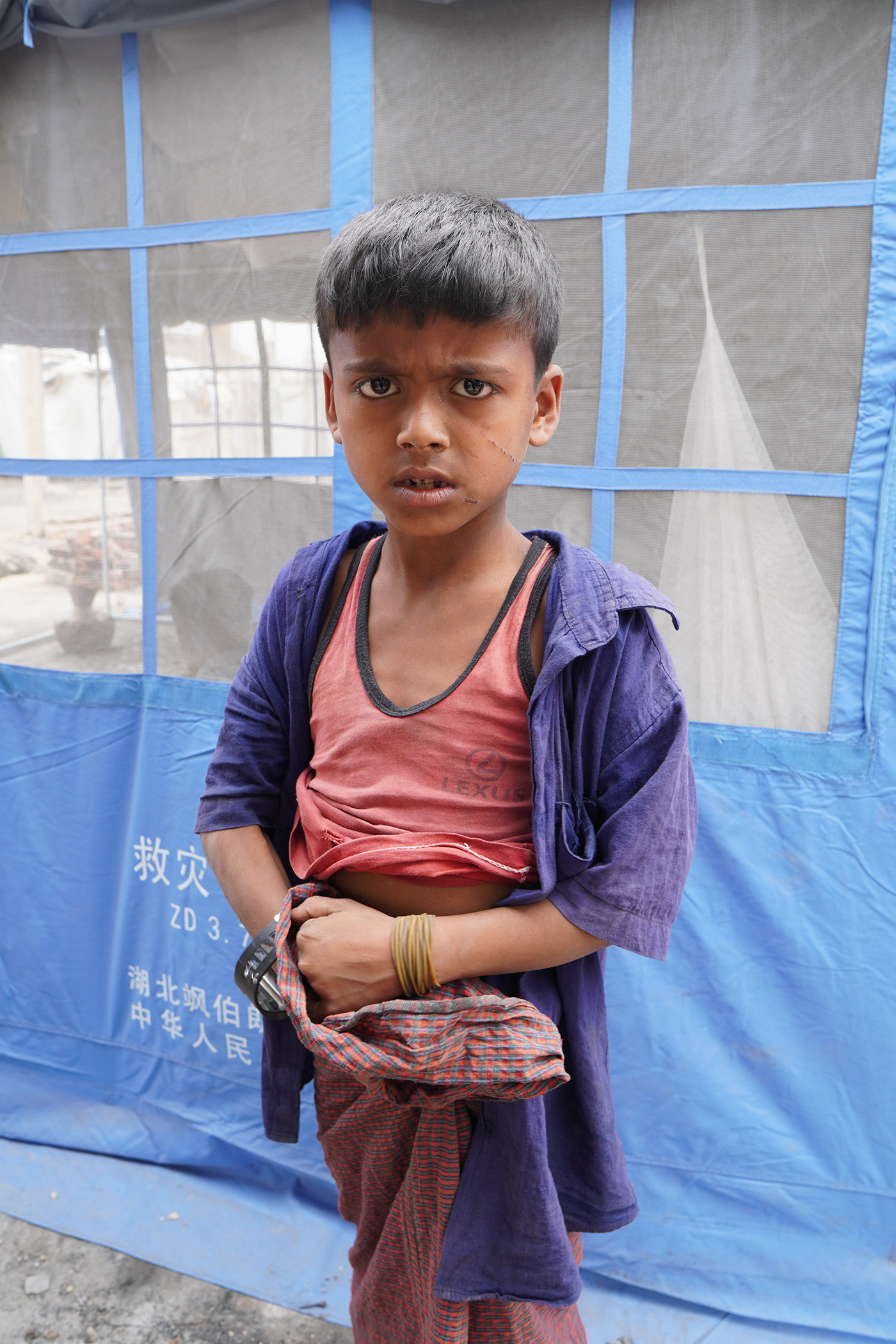



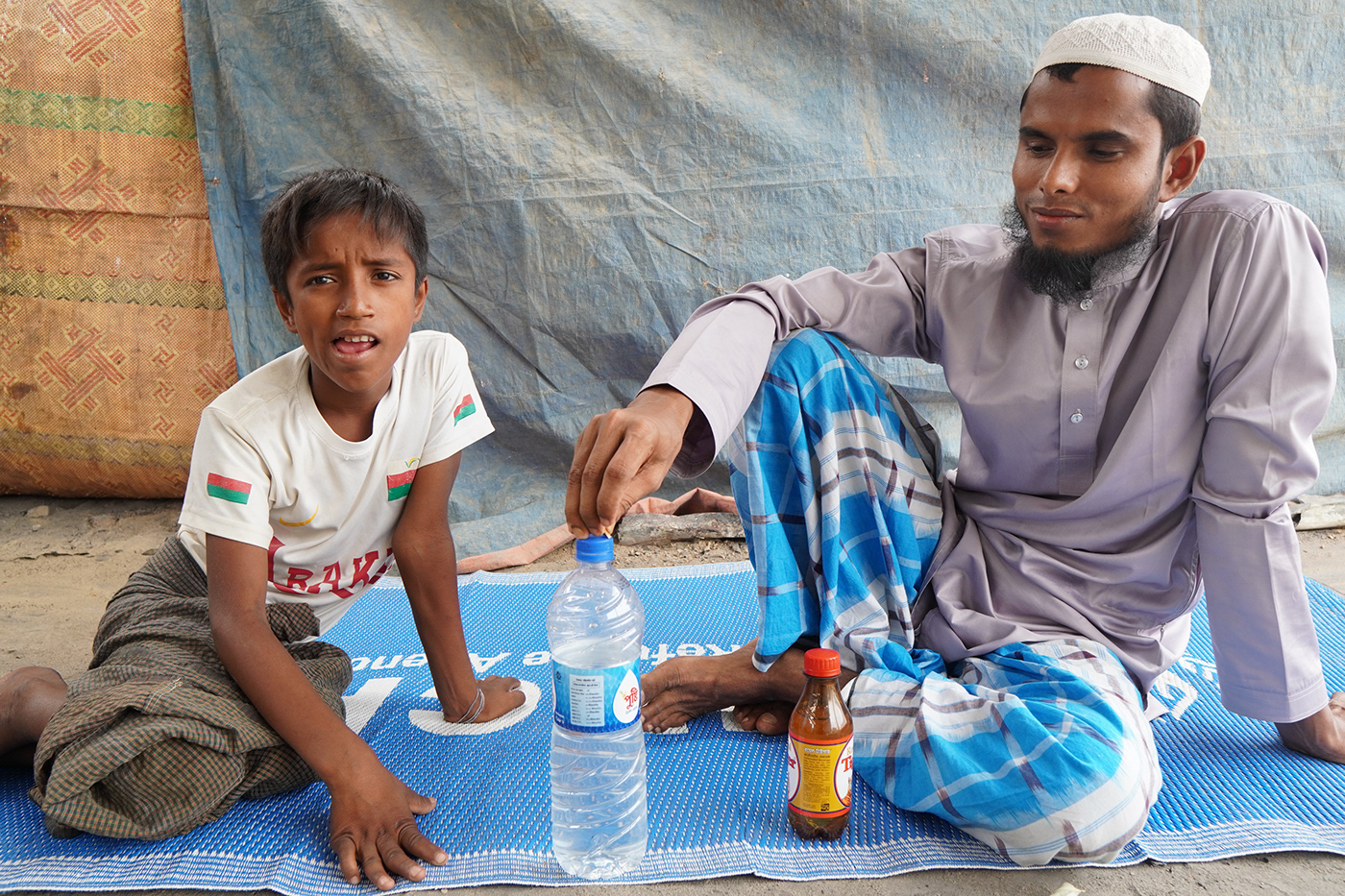
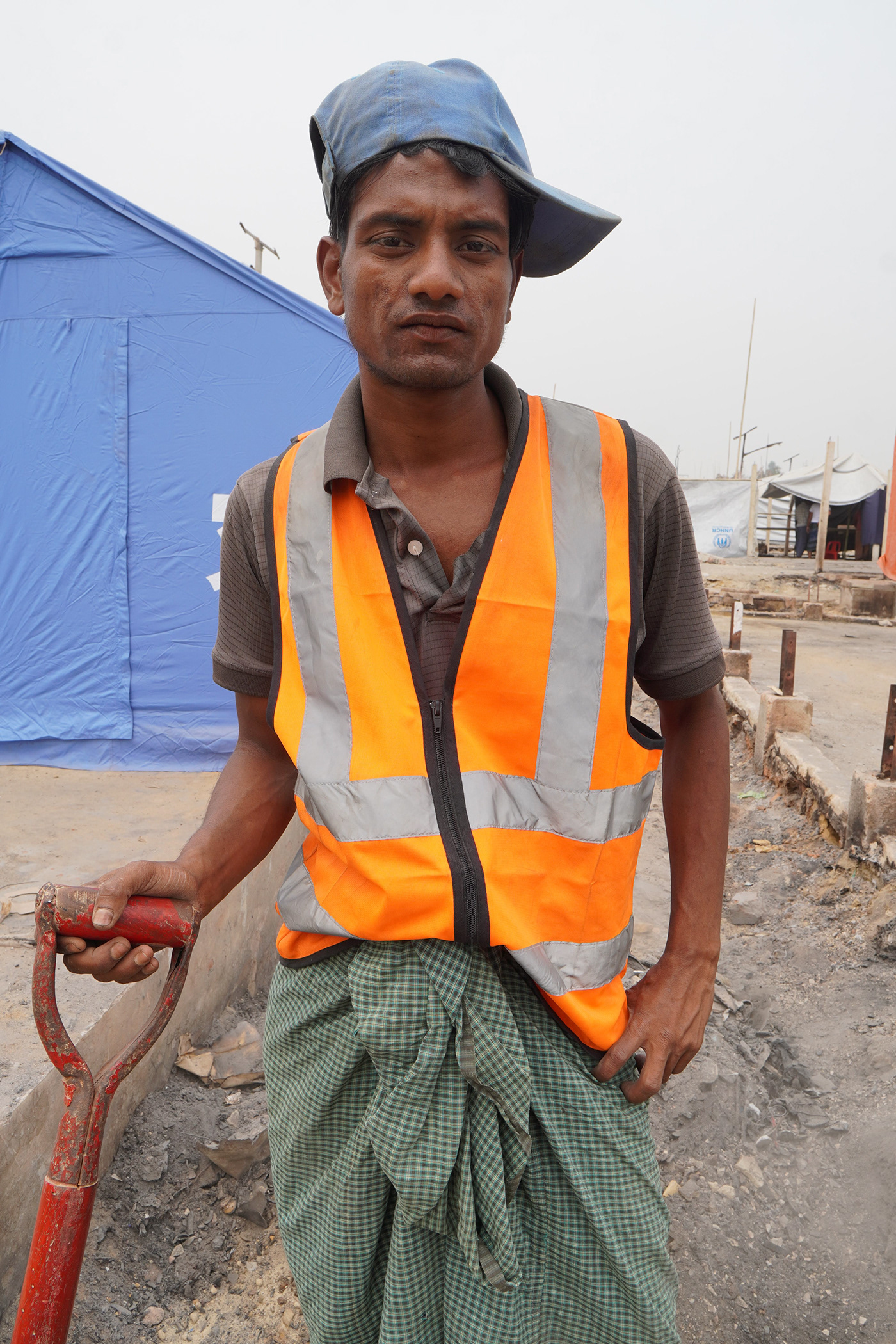





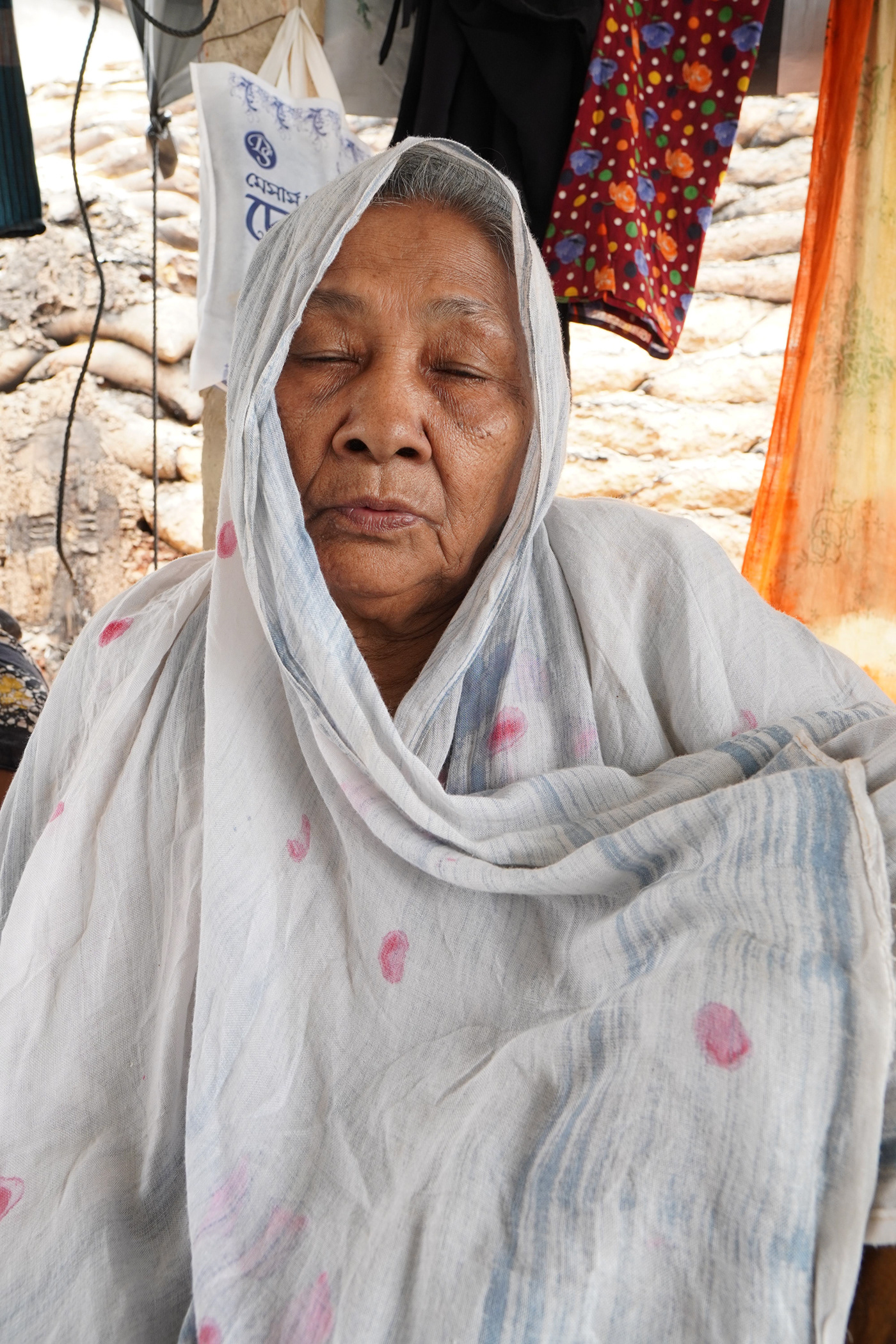

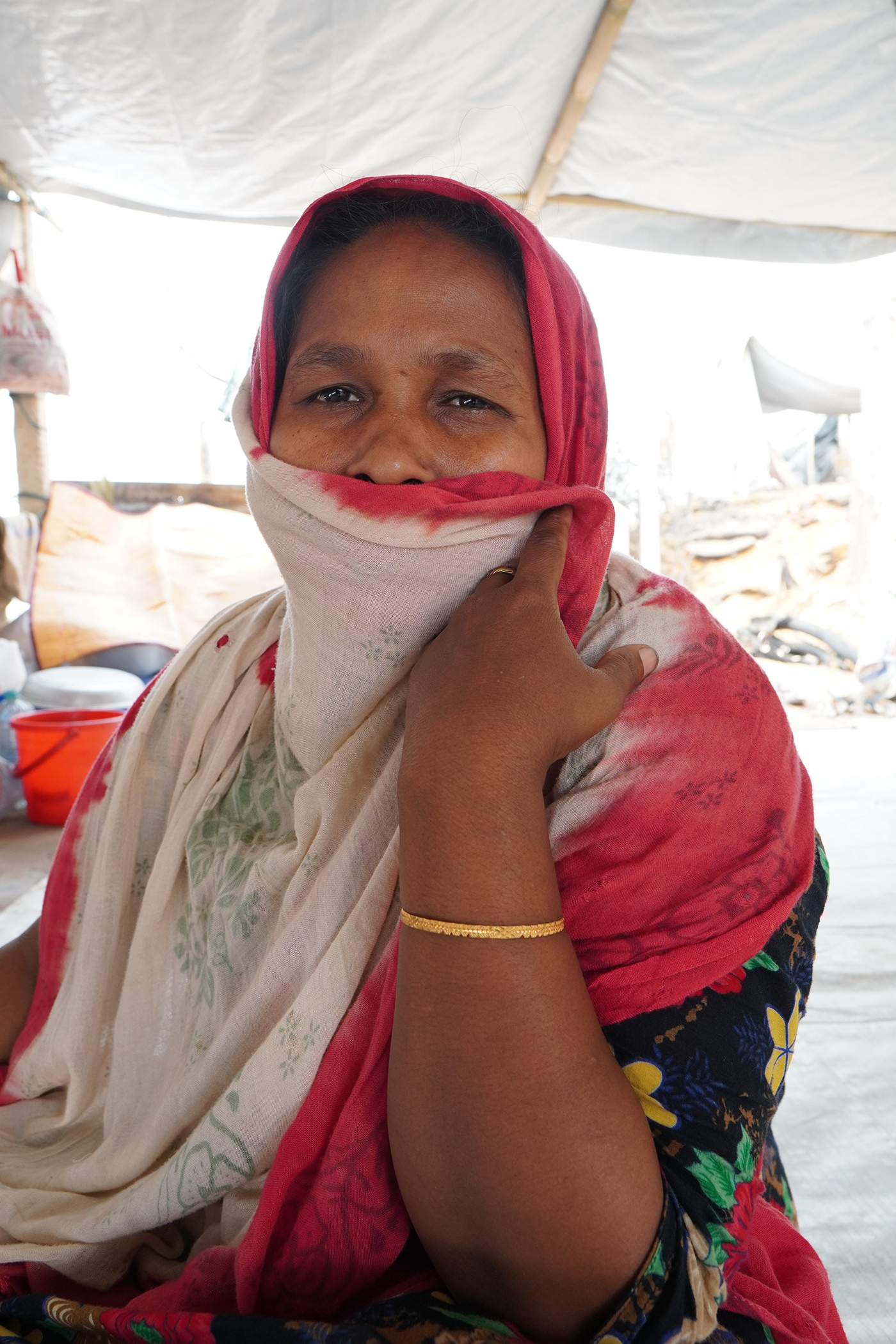

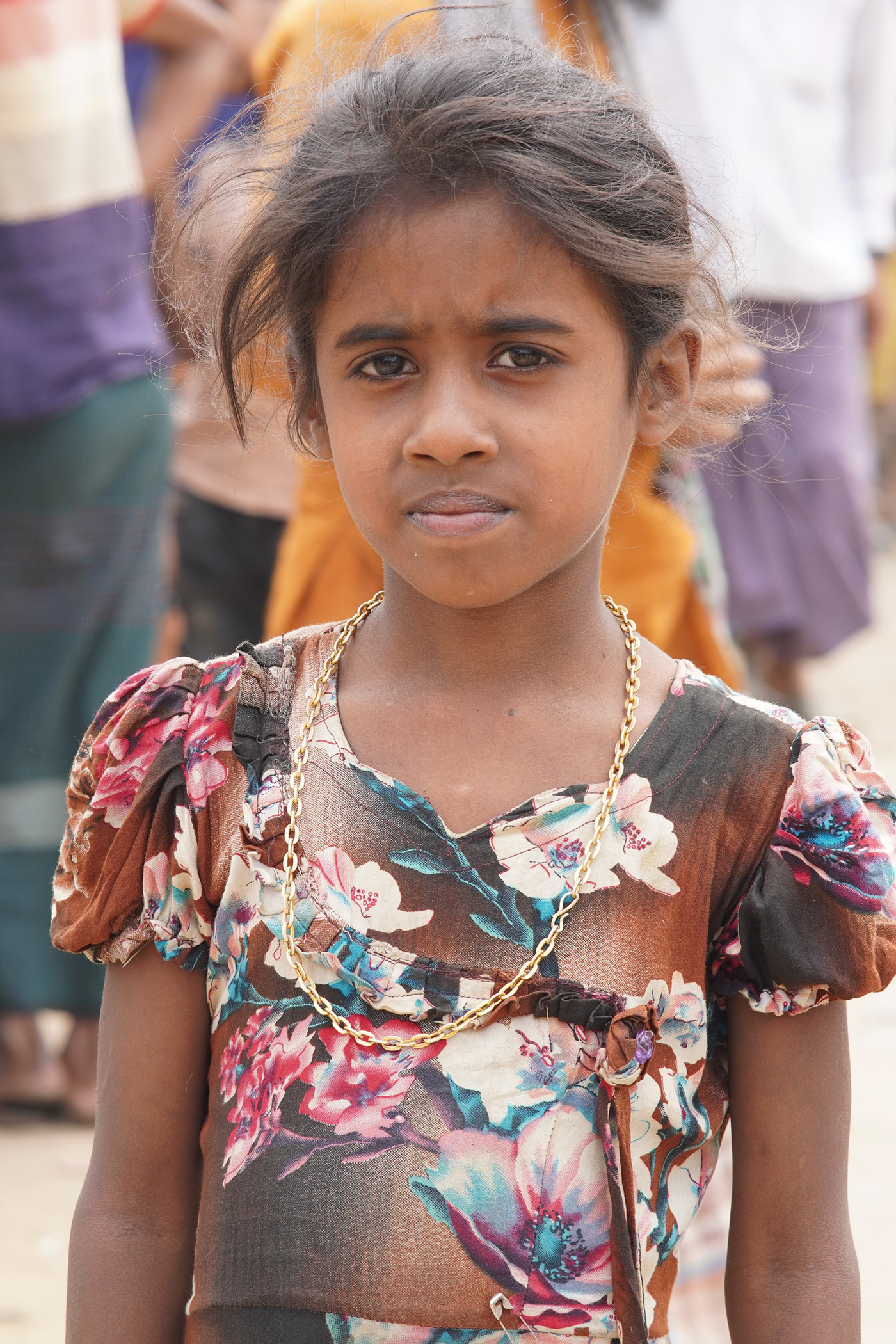
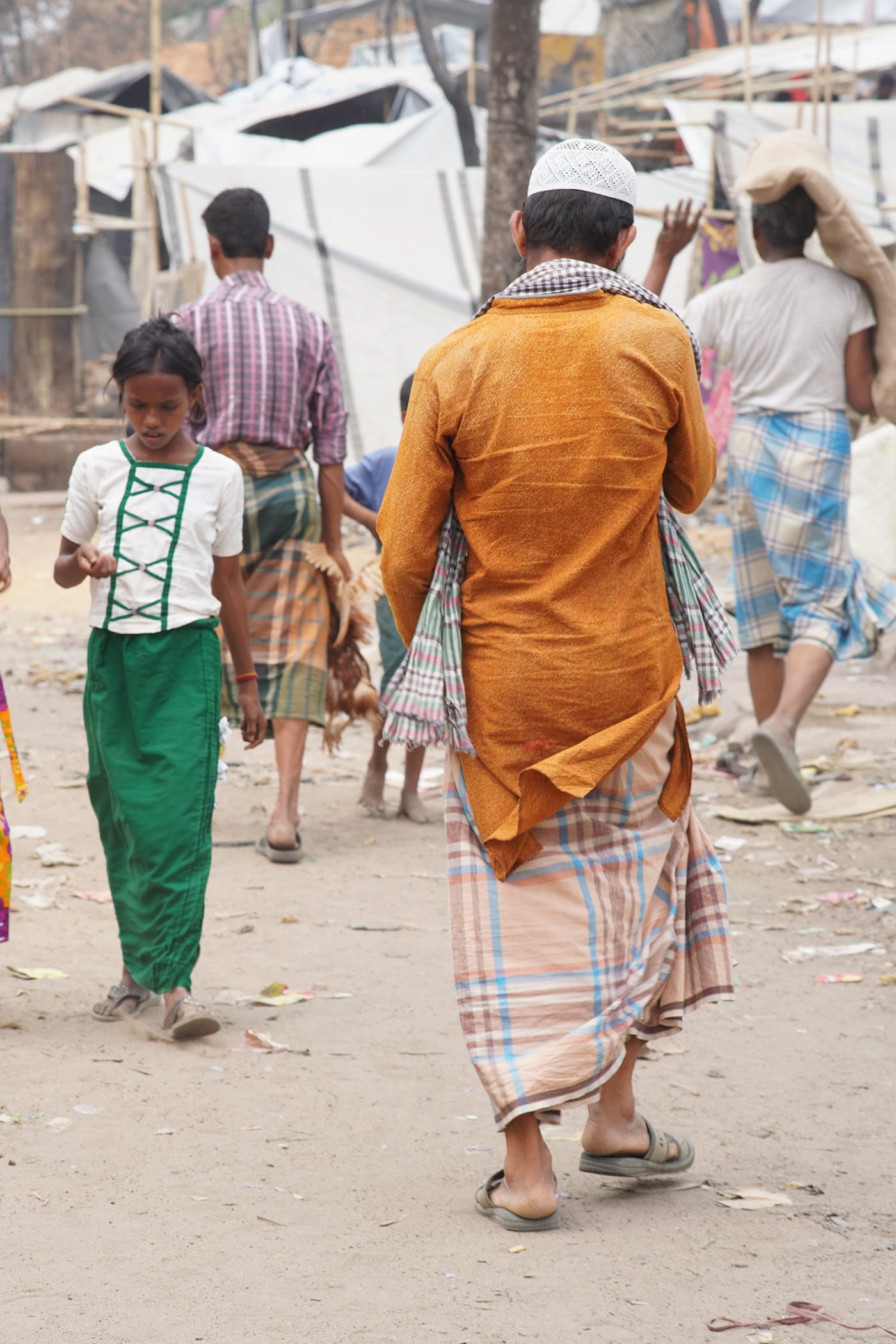





Aftermath is a documentary made by me and the filmmaker Rayhan Sharif
Link available upon request


